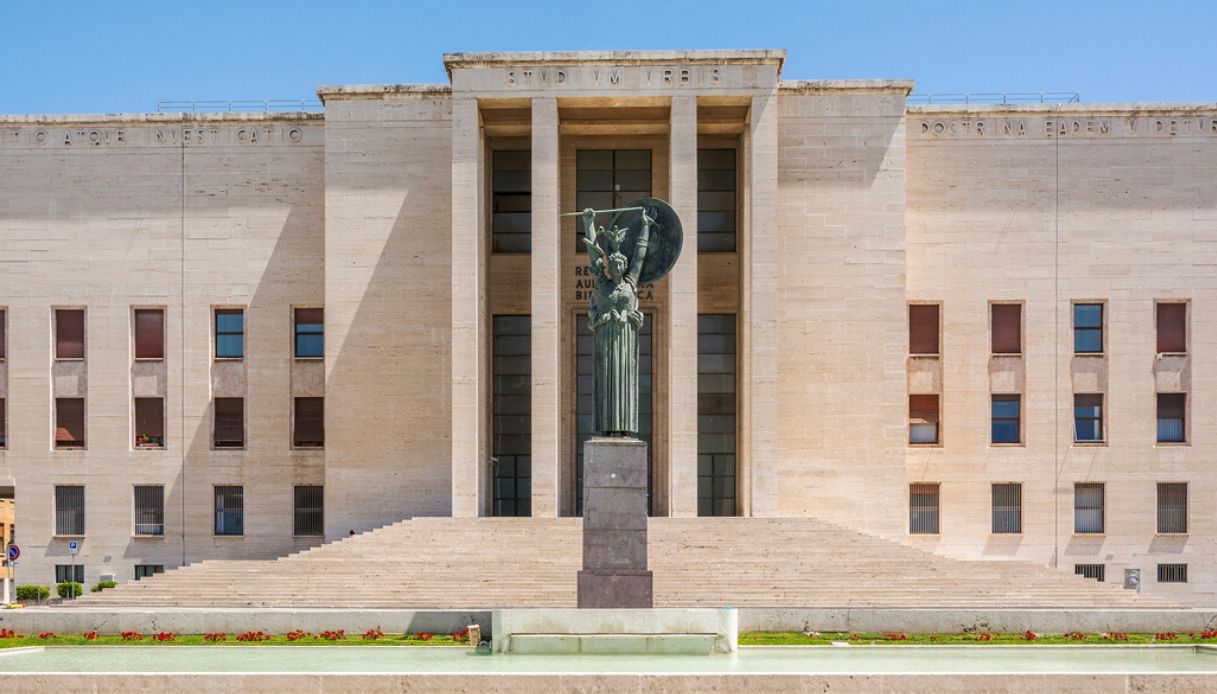


The University of Rome "La Sapienza" (also abbreviated to Sapienza University of Rome and colloquially Sapienza) is an Italian state university founded in 1303, one of the oldest in the world.

Born by the will of Pope Boniface VIII who, on April 20, 1303, with the papal bull In Supremae praeminentia Dignitatis, established the Studium Urbis in Rome, with over 113,000 students (2019), it is the largest university in Europe: he only state university in Rome, has for this reason counted half of the Italian ruling class among its students.

It was built during the thirties, in the midst of the Fascist period, by a series of rationalist architects under the supervision of the more traditional architect Marcello Piacentini, who was in charge of the plant and the Palazzo del Rettorato and had the right to make changes to the others. projects.

The work, strongly desired by Mussolini so that the capital of Italy also had its university center and so far considered "the largest building project promoted by the Fascist Regime", was part of the restoration work that involved the city up to all the second postwar period. The city was inaugurated on March 31, 1935 in the presence of King Vittorio Emanuele III.

The main entrance is located in piazzale Aldo Moro, (formerly piazzale delle Scienze), at number 5, where the neighboring National Research Council is also located.
A large portal allows access to the inside of the city, consisting of a series of palaces and buildings designed for the use of students and teachers.

The other entrances are placed on all sides of the wall that divides the interior of the university from the rest of the city. To the north is the "Umberto I" polyclinic hospital, an integral part of the university structures and managed directly by the University; the main medical and surgical faculties are located there.
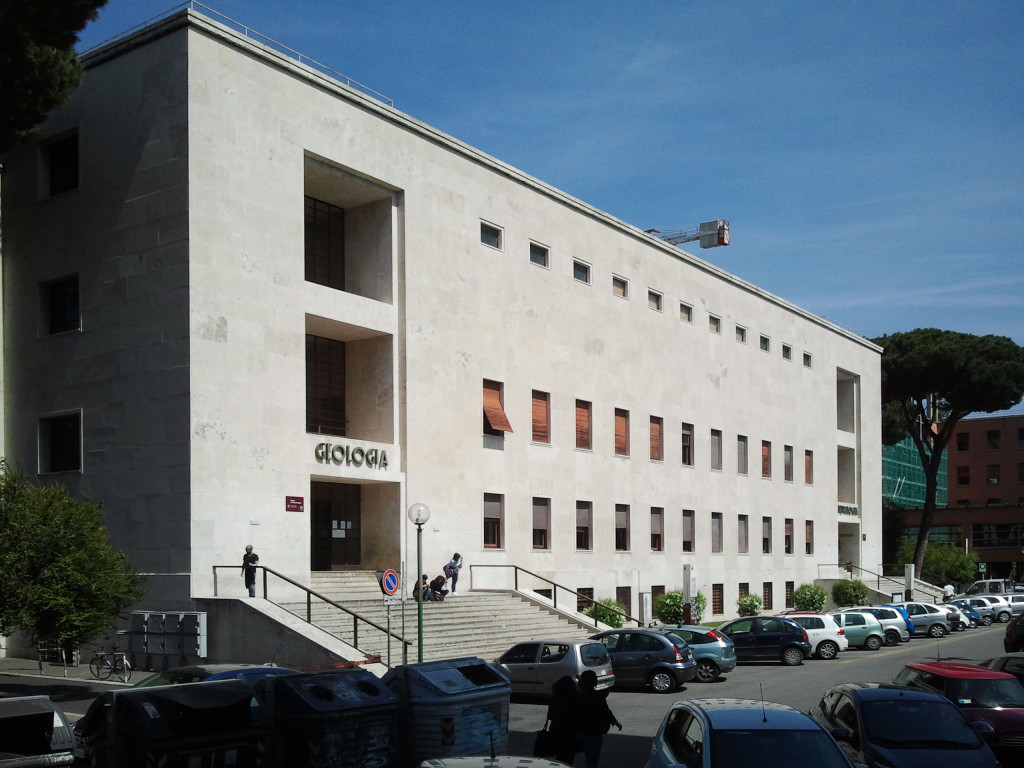
From the main entrance, the perspective is developed in such a way as to bring out the figure of the statue of Minerva, one of the symbols of Wisdom and the work of Arturo Martini, made of bronze and placed on top of a pedestal located inside a tub of water.
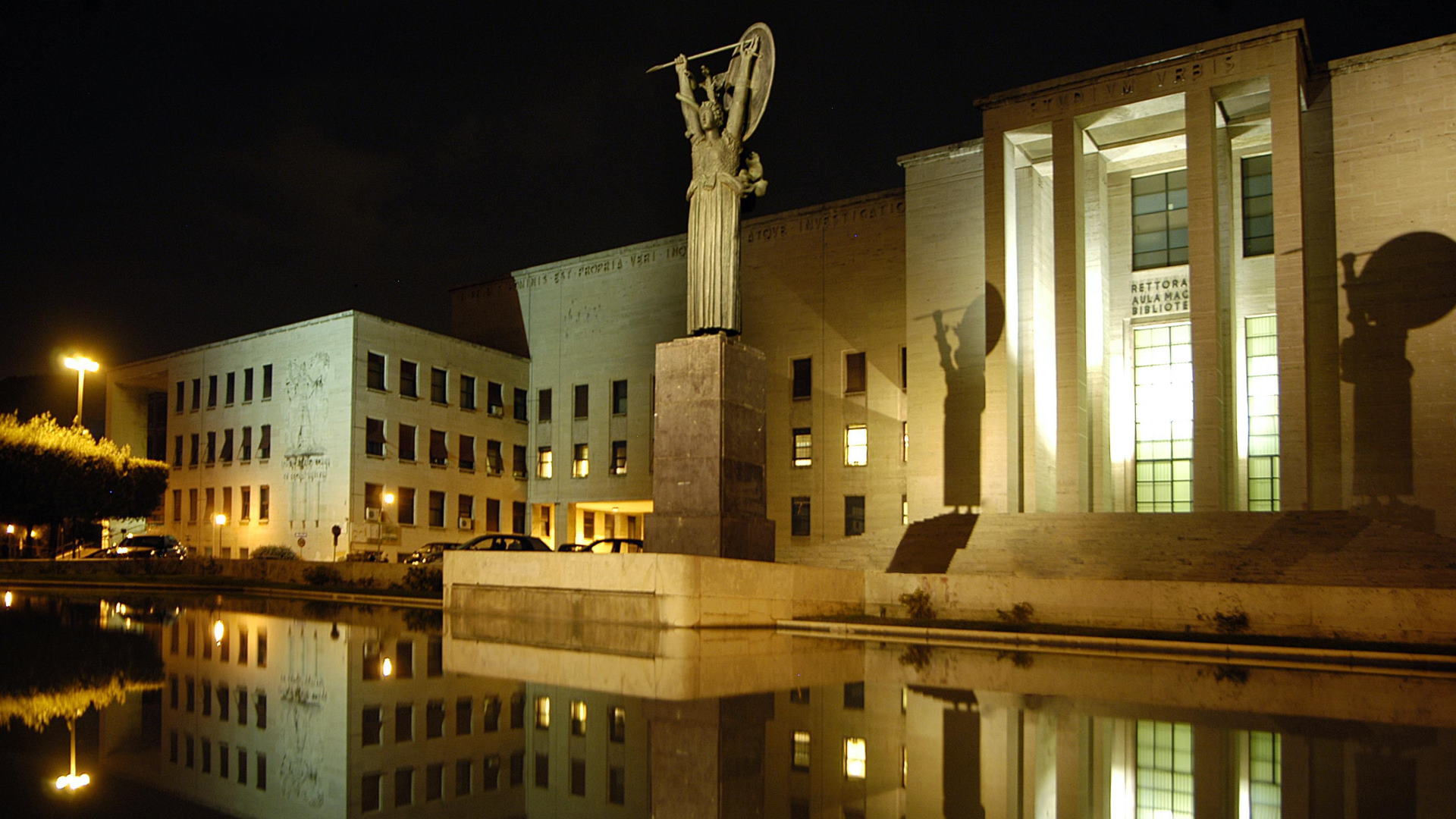
The statue is placed in front of the Palazzo del Rettorato, the work of Marcello Piacentini.
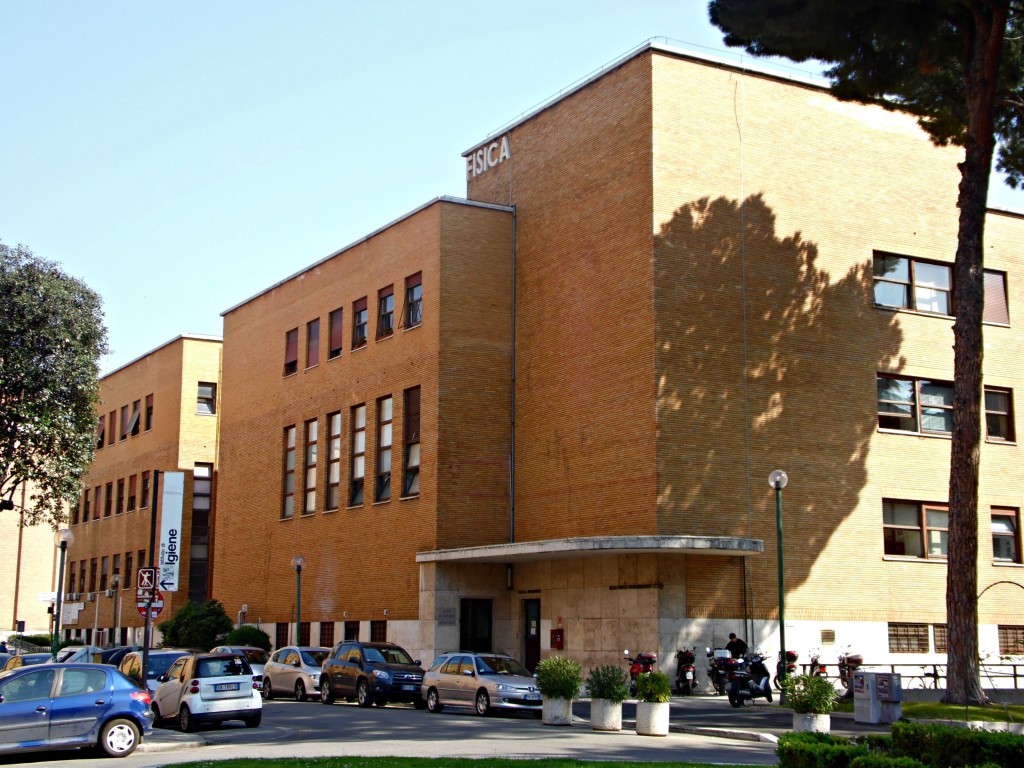
An avenue leads from the main entrance to piazzale della Minerva, overlooked by the buildings of Orthopedics and Chemistry, on the right, and the buildings of Hygiene and Physics, on the left. The rectorate offices, the Alessandrina Library and the Aula Magna are located in the main building.

To the right of the rectorate is the Palazzo di Lettere, the main seat of the Faculty of Literature and Philosophy, while on the left the Palazzo di Giurisprudenza, where the Faculties of Law, Political Sciences and Statistical Sciences are located.

On the far right of the rectorate, again in piazzale della Minerva, the Mathematics building built by Giò Ponti in 1934, while on the far left is the Department of Earth Sciences, seat of the Faculties of Geological Sciences and Natural Sciences. Within the city there is also a nursery, several bars, bank and post offices, many libraries and museums open to the public.
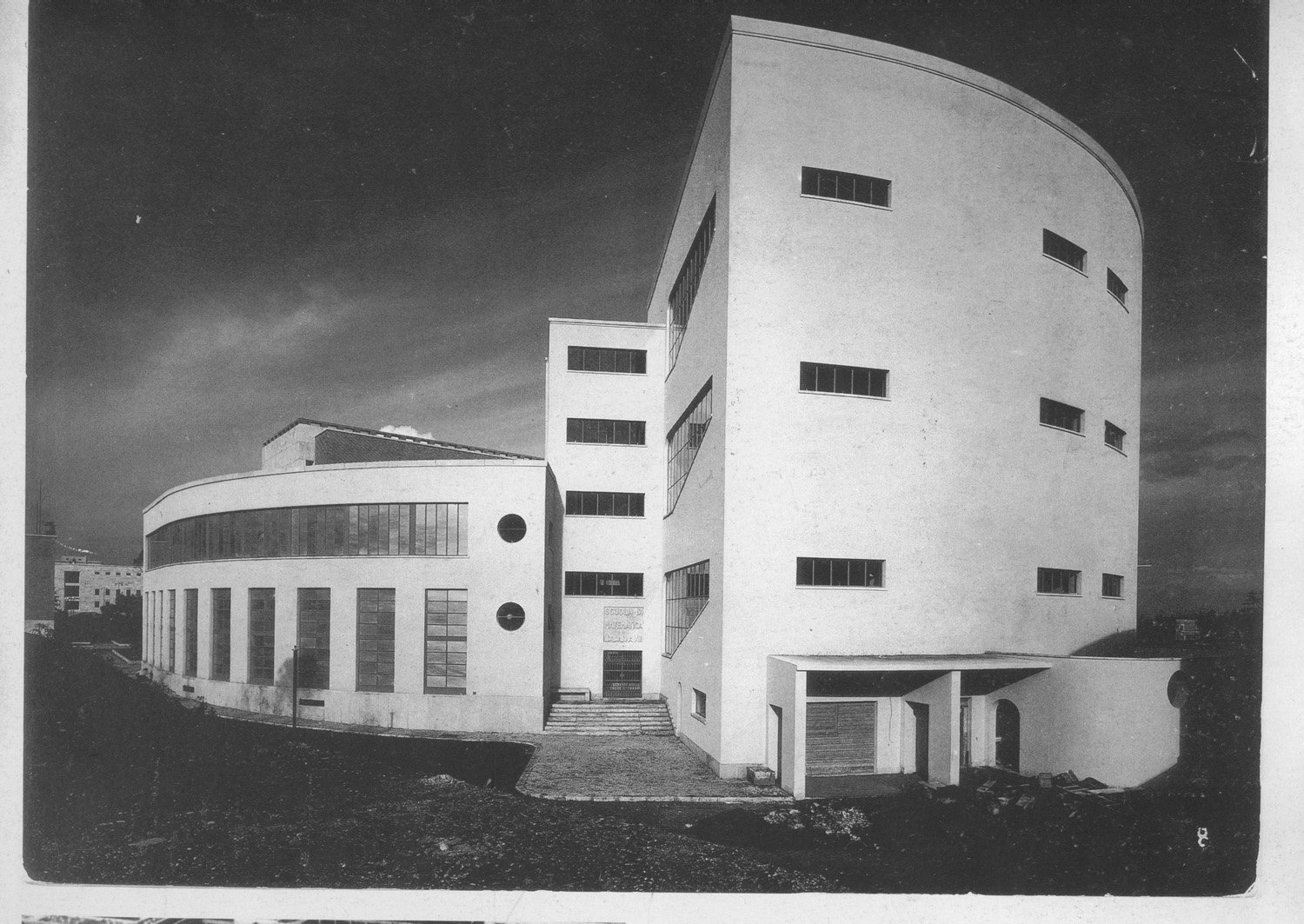
Noteworthy is the large university chapel of Divine Wisdom, entrusted to the Jesuit fathers.
University City - University of Rome - La Sapienza
Address: Piazzale Aldo Moro, 5, 00185
Phone: 06 49911
Site:
https://www.uniroma1.it/it/Location inserted by
CHO.earth